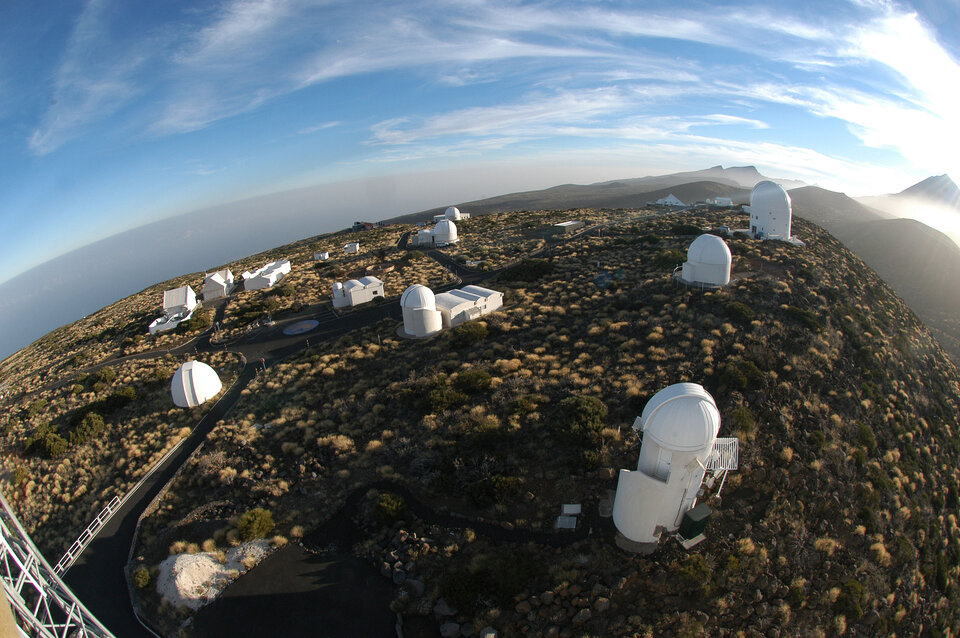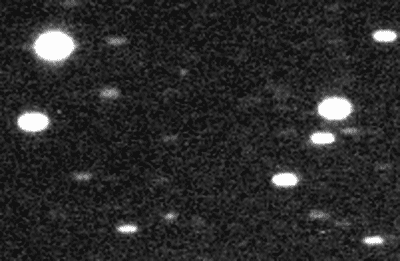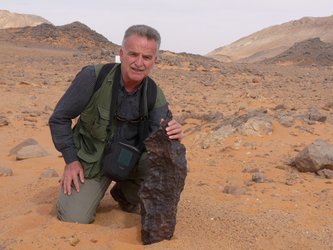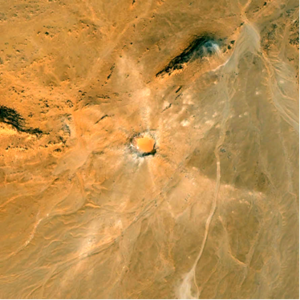Amateur skywatchers help space hazards team: continuation
Editor's note: This text is the continuation of "Amateur skywatchers help space hazards team"
Since starting their SSA-sponsored survey work in January 2010, the TOTAS team has identified nearly 400 candidate asteroids; 20 have been confirmed and numbered. Over 8000 others have been seen and confirmed as previously catalogued objects.
For ESA's SSA office, the main aim of the observing programme is to gain experience in techniques for detecting NEOs.
The surveys use the telescope mainly for performing 'follow-up' observations of recently discovered asteroids, which are announced on behalf of astronomers worldwide by the US-based Minor Planet Center.
Amateurs make professional contributions
The story of how 2011 SF108 was discovered and confirmed illustrates the crucial importance of amateur astronomers to Europe's asteroid survey efforts.
The automated sky-scan software was first customised to work with the Optical Ground Station (OGS) telescope by Mr Busch at the Starkenburg Observatory in 2009.
This came about after a chance opportunity to use ESA's Tenerife telescope together with another amateur, Rainer Kresken, who had learned about the SSA programme's plans to start sky surveys at his day job – as a flight dynamics engineer at the European Space Operations Centre, Darmstadt.

It was agreed that the amateurs could use the OGS telescope in exchange for taking part in the nascent SSA–NEO survey.
The exchange was later expanded to include other keen amateurs from Starkenburg, giving birth to the TOTAS team.
TOTAS has so far accumulated about 120 hours of observing time, and slots are now allocated about once per month, for three or four nights.
Tenerife telescope conducts NEO survey searches
On a typical night, the telescope conducts a survey lasting several hours, generating a large amount of image data. Mr Busch's processing software then analyses the images and flags any moving objects – indicating a potential asteroid.
The flagged data are then distributed electronically to the TOTAS team, who examine the original images on their computer screens and decide whether the flagged objects are real or just noise.
This is how Mr Kracht, who has also discovered a large number of comets in images acquired by the ESA/NASA SOHO spacecraft, came to his lucky find last month.

The find was submitted to the Minor Planet Center, and a preliminary orbit computation marked the object as a possible NEO.
To confirm the find, Mr Busch manually checked the survey images from a second night and found the object again. Only after a manual measurement on a third night could the orbit of the object be determined accurately enough to confirm the object was indeed an NEO.
"It was really an exciting moment when I saw 'our' asteroid appearing on my computer screen. It confirms the excellent quality of work done by the entire TOTAS team," says ESA's Detlef Koschny, who conducted the confirmation check on the third night.
The find confirms the excellent quality of work done by the entire TOTAS team.
But the volunteer work is not always so exciting.
Most of the observing time at the OGS telescope is allocated to confirming known NEOs. Precise repeated observations are needed to characterise an asteroid's orbit fully to determine that it will not pass too close to Earth.
As future observations provide better orbit determinations, the impact risk from any particularly NEO can change.
Computing risks
The object with, currently, the highest risk of hitting Earth is asteroid 2011 SG68, which ESA's telescope observed in the September 2011 TOTAS observation slot.
Risk computations are done in Europe by the Near Earth Object Dynamics Site (NEODyS) in Pisa, Italy, which is now being integrated into ESA's SSA precursor services.
Similarly, the Spaceguard Central Node, operated by Italy's National Institute of Astrophysics in Rome, maintains a list of objects that must be observed again urgently in order to confirm their orbits.
The DLR German Aerospace Center in Berlin maintains a Solar System database listing physical properties of asteroids, the European Asteroid Research Network. Both of these are currently being integrated into the SSA–NEO portfolio of services.











